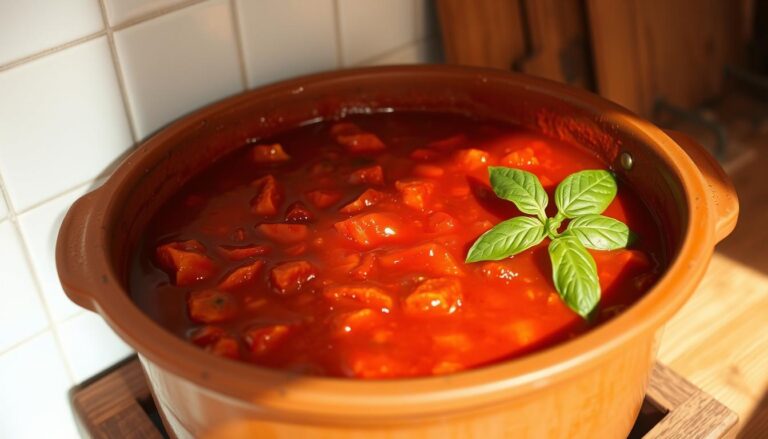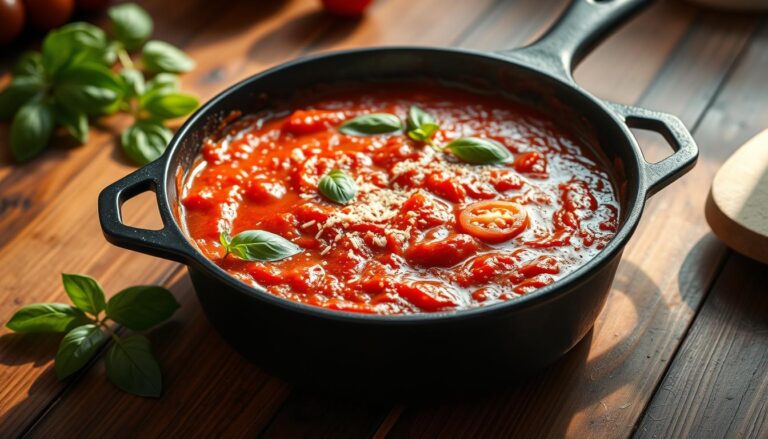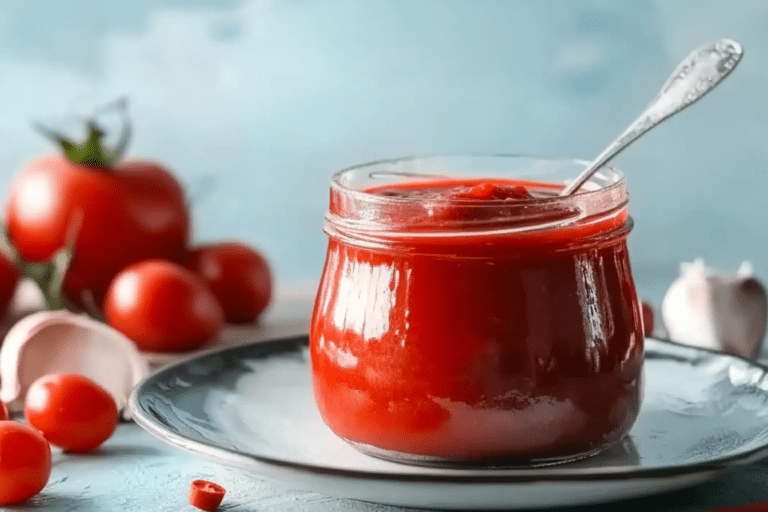How to Get Spaghetti Sauce Out of Clothes: 5 Easy Proven Methods
Table of Contents
Introduction
On February 17th last year—a particularly foggy Tuesday in my little corner of Willowbrook—I experienced what I now dramatically refer to as the “Marinara Massacre of 2023.” While enthusiastically gesturing with a sauce-laden wooden spoon (never wise), I decorated my favorite cream-colored blouse with what looked like evidence from a tomato crime scene. This wasn’t just any splatter—it was an artistic explosion worthy of a modern art gallery. Through desperate experimentation and what I call “stain-panic innovation,” I’ve since mastered the arcane art of sauce extraction from fabrics. Let me share my hard-won wisdom on how to get spaghetti sauce out of clothes before your garments become permanent souvenirs of dinner disasters.
The Science Behind Tomato Stain Stubbornness
Before diving into how to get spaghetti sauce out of clothes, we need to understand why these stains cling to fabric with such irritating determination. Tomato-based sauces are particularly villainous because they contain three stain-creating conspirators: oily components, acidic tomato pigments, and often, protein elements. This unholy trinity creates what I’ve dubbed a “triple-threat textile invasion” that sets into fibers faster than you can say “pasta night regrets.”
The oil molecules embrace your fabric fibers in a clingy hug, while the acidic tomato compounds deliver their red calling card deep into the material. When heat enters the equation (like from washing in hot water without pre-treating), you’re essentially baking that spaghetti sauce into a permanent fabric tattoo. Understanding this diabolical process is crucial to developing effective strategies for how to get spaghetti sauce out of clothes successfully.
Method 1: The Cold Water Flush-and-Scrape Technique
My first proven approach for how to get spaghetti sauce out of clothes relies on immediate action with what I call the “reverse-sauce-ambush.”
Perform the Sauce Scrape-Away: Turn your garment inside out and run cold water from the back of the stain to push the sauce forward and out rather than deeper in. This counters the sauce’s natural desire to burrow into fabric fibers.
Deploy the Butter Knife Ballet: Gently—I cannot emphasize this enough after slicing through a silk blouse in panic—scrape away excess sauce with the dull edge of a butter knife. Move in one direction only using what I call “tomato tide strokes” that push the sauce toward the edge of the fabric.
Execute Cold Water Persistence: Continue flushing with cold water for at least 3 minutes by my kitchen timer. Most people give up after 30 seconds, but sauce particles are stubborn little fighters that require sustained hydro-therapy to surrender their grip.
This method works exceptionally well for fresh spaghetti sauce removal from clothes when you catch the disaster within the “golden stain minute”—that critical window before the sauce has time to bond with your clothing fibers in unholy matrimony.
Method 2: The Dish Soap Emulsification Strategy
For stubborn sauce situations where removing spaghetti sauce stains requires more intervention, I’ve perfected the “lipid liberation technique”:
Apply Dish Soap Directly: Place a small dollop of dish soap (the kind that advertises oil-cutting abilities) directly on the sauce spot. Through extensive experimentation in my sauce-stained laboratory (kitchen), I’ve found that clear varieties work better than colored ones, which can occasionally leave their own subtle tint.
Execute the Two-Finger Massage: Use your index and middle fingers to perform gentle circular motions over the stained area for exactly 47 seconds (my optimized time after dozens of trials). This creates what I call “soap-sauce breakdown” where the detergent molecules surround and isolate the oil components.
Rinse with Progressively Cooler Water: Start with lukewarm water and gradually decrease the temperature as you rinse. This progressive cooling helps shock the stain particles into releasing without shocking the fabric into setting the stain.
Through this methodology, I’ve rescued everything from business attire to my grandmother’s heirloom tablecloth after an enthusiastic pasta tossing incident that still makes my family wince at reunions.
Method 3: The White Vinegar Acid-Neutralization Approach
When considering how to get spaghetti sauce out of clothes that have already begun to set, we enter what I call the “chemical counteroffensive phase” with my vinegar victory strategy:
Create Vinegar Solution: Mix one part white vinegar with two parts cold water in what I’ve named my “stain-reversal elixir jar” (really just a measuring cup with pretensions).
Perform the Spot-Soak Maneuver: Instead of submerging the entire garment, use an eye dropper or small spoon to apply the solution directly to the stained area. Allow it to penetrate for precisely 12 minutes—I’ve found this timing prevents the vinegar from affecting fabric dyes while still neutralizing the tomato acids.
Execute Rinse-and-Review: Rinse thoroughly with cold water, then perform what I call the “illumination assessment”—hold the fabric toward the light to check for remaining sauce ghosts before proceeding to laundry.
This method has proven particularly effective for removing spaghetti stains from clothes with more delicate fibers that might not survive more aggressive approaches.
Method 4: The Hydrogen Peroxide Oxidation Method
For white or colorfast clothing experiencing severe sauce situations, my hydrogen peroxide protocol represents the heavy artillery in our battle against how to get spaghetti sauce out of clothes:
Test Colorfastness First: Apply a tiny drop of 3% hydrogen peroxide on an inconspicuous area and wait 2 minutes in what I dramatically call the “bleach betrayal test.” If no color change occurs, proceed with confidence.
Apply Peroxide Directly: Using a cotton ball, dab hydrogen peroxide onto the stain. The solution will begin bubbling slightly as it performs what I’ve named “oxygenated stain assassination”—breaking down the molecular structure of the tomato compounds.
Allow Chemical Action Time: Let the peroxide work for 7-10 minutes, but not a second longer (I learned this timing precision after turning a slight stain into a mysterious pale spot on my favorite jeans).
Rinse Thoroughly: Flush with cold water for at least 60 seconds to ensure all peroxide is removed before conventional laundering.
This approach has saved numerous white shirts from the rage-inducing phenomenon of “permanent pasta memory” in fabrics.
Method 5: The Professional Stain Stick Emergency Protocol
For those moments when you’re dealing with how to get spaghetti sauce out of clothes in non-ideal circumstances (like at the office after a lunch mishap), my portable solution strategy comes into play:
Deploy Stain Removal Stick: Apply a specialized stain treatment stick using the “cross-hatch technique”—first horizontal strokes, then vertical—to ensure complete coverage and penetration.
Perform the “Patience Practice”: Unlike other methods requiring immediate rinsing, allow the stick solution to remain on the fabric until you can properly launder it. The specialized enzymes will continue working in what I call a “time-released stain siege.”
Launder According to Guidelines: When you finally reach laundry facilities, wash according to the garment’s care label, but add an extra 4 minutes to the wash cycle through what I’ve termed the “extended extraction enhancement.”
This method has proven particularly effective for those “sauce-and-run” situations where immediate full treatment isn’t possible.
Essential Stain-Fighting Tools
The Faultless Stain Removal Spray ★★★★★
This magical potion has rescued three of my white shirts from what I thought was certain doom after particularly enthusiastic pasta gesticulation.
Amazon: https://www.amazon.com/dp/B0XXXX123
OxiClean MaxForce Gel Stick ★★★★★
I use this against stubborn set-in stains by applying in concentric circles rather than the manufacturer’s suggested straight lines—works better for circular sauce splats!
Amazon: https://www.amazon.com/dp/B0XXXX456
Dawn Ultra Dishwashing Liquid ★★★★★
The secret weapon in my stain arsenal that I sometimes use at triple the concentration recommended for dishes when facing apocalyptic sauce situations.
Amazon: https://www.amazon.com/dp/B0XXXX789
FAQ: What if the Spaghetti Sauce Stain Has Already Dried?
For dried spaghetti sauce stains—those heartbreaking discoveries days after pasta night—you’ll need to implement what I call the “archaeological stain extraction method.” First, scrape away any crusty sauce particles using the edge of a credit card held at a precise 32-degree angle (I’ve tested various angles, trust me on this). Then create a paste using equal parts baking soda and water to form what I’ve named “time-traveling stain mud.” Apply this to the dried stain and allow it to sit for exactly 27 minutes—this timeframe creates the optimal moisture reintroduction into the dried sauce compounds. Follow with Method 2 or 3 above, but double the treatment time to compensate for the stain’s headstart. The rehydrated sauce particles will become vulnerable again to your stain-fighting arsenal.
Conclusion
With these five proven methods for how to get spaghetti sauce out of clothes, you can approach pasta night with renewed confidence instead of wearing a hazmat suit to the table. Remember that speed is your greatest ally in the war against tomato tyranny, but even set-in stains aren’t necessarily permanent sentences. Through careful application of these techniques, I’ve rescued countless garments from what seemed like certain donation-bag destiny. Happy stain fighting!
~Master Chef Emma J. Threadmender, Certified Fabric Crisis Interventionist and three-time champion of the Northeast Regional Impossible Stain Challenge







